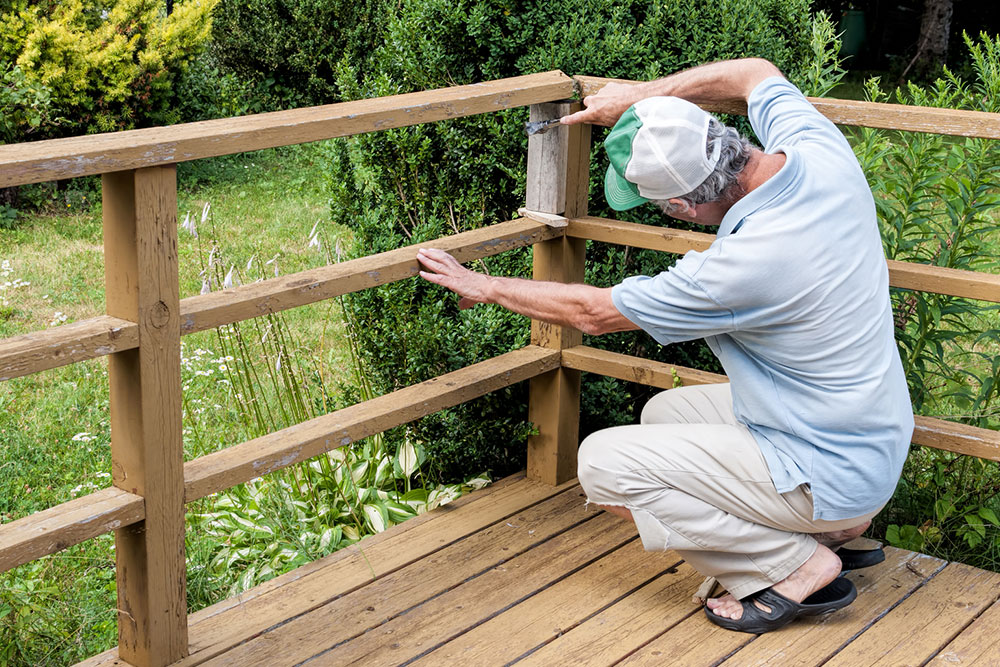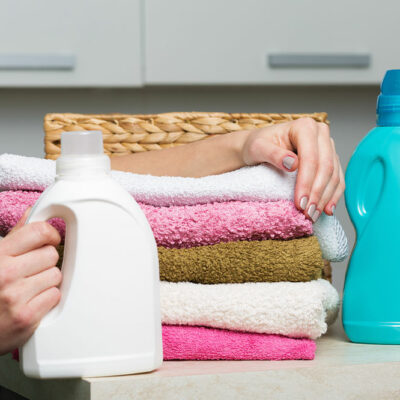
14 mistakes to avoid while installing deck railing systems
Fall prevention is a key aspect of ensuring safety at home and in public spaces, including workplaces. Deck railing systems can address this concern, preventing falls on balconies, stairs, and decks. However, it is important to exercise caution and care while installing these railings, as they must be strong enough to provide adequate support and prevent accidents. So, here are some common mistakes to avoid while installing deck railing systems:
1. Misunderstanding measurement guidelines
Precision is the key to installing railing systems safely. Depending on the type of deck railing system, the description could mention on-center or true measurement. While on-center involves measuring from the center of one deck post to the center of the post, true measurement only considers the actual length of the top rail without accounting for the posts. Such details should be carefully reviewed while taking deck measurements before installing deck railing systems.
2. Assuming all post caps are 4×4 inches
While 4×4 is the most common post cap size, certain post caps come in other dimensions, such as 6×6 inches and 4×6 inches. The best way to select a post cap of the right size is to measure the post’s outside diameter first and then select a cap.
3. Ignoring kit instructions
Most railing systems come with kits, which contain specific instructions on how to install the rails. These instructions specify several aspects, including the type of brackets and fasteners to use. Kit instructions provide a definite framework for quick and systematic installation, so following the steps diligently helps avoid installation mistakes.
4. Ignoring the structural capacity of posts
Assuming the structural capacity of a post is one of the key mistakes to avoid. Not all posts are capable of supporting heavy loads or withstanding stress, so some of them would have to be fixed on wood posts and shimmed. Thus, the structural integrity and capacity of a post should be checked before installing a deck railing system.
5. Skipping baluster measurement
A common mistake while installing deck railing systems is to overlook the measurement of all parts of the railing, like bottom rails, top rails, balusters, rail caps, and sweeps. The height of the baluster can help one determine the correct heights and spaces between the posts for their railing system.
6. Not seeking professional assistance
Even experienced contractors require specialized assistance in certain phases of railing installment. Seeking timely assistance is important to avoid safety hazards and ensure proper installation of the deck railing system.
7. Placing posts too far apart
The International Building Code (IBC) states that deck railing posts should be placed no more than 8 feet apart. Placing deck posts farther away causes a safety hazard. This thumb rule should be followed while installing deck railing systems.
8. Overlooking the strength of rails
As a thumb rule, the deck railing system should be strong enough to support horizontal and vertical loads of 50 pounds. In addition, it should withstand concentrated loads of 200 pounds in any direction. Checking the strength of the deck railing system is essential to facilitate overall safety.
9. Not reading safety guidelines
Safety guidelines prescribed by authorized entities, such as the International Building Code (IBC) and the International Residential Code (IRC), are laid down by experts in the domain. So, these are nationally and internationally accepted guidelines in the field of engineering. This is why one should check the guidelines thoroughly before installing deck railing systems. Step-by-step installation instructions also contribute to a systematic, hassle-free installation and safety compliance.
10. Choosing a complicated design
While visual appeal is an essential aspect to consider, focusing on the aesthetics of the deck railing system while neglecting other factors can lead to safety hazards in the long run. So, one should coordinate with professionals from the start of the project to ensure that the design is not unnecessarily complicated. Moreover, one should discuss with professionals the best way to balance visual appeal with safety and practicality.
11. Not cleaning up the mess
Clearing the mess after the deck railing system has been installed is imperative to avoid accidents. For instance, shaved pieces of metal blocks and wooden pieces may be left behind on the site. These components should be disposed of promptly, not just once the installation ends but also on a daily basis during the project.
12. Undermining the importance of spacing
Inadequately spaced balusters can pose a safety risk. Say, if they are placed too far away, i.e., the gap between them is too wide, it can lead to falls and accidents. So, spacing guidelines should be considered to prevent accidents when one leans over these railings and balusters.
13. Using the wrong fasteners
Choosing the wrong type of fastener can cause corrosion and wear and tear, damaging the deck boards. So, it is best to opt for stainless steel fasteners and deck screws, as they are resistant to harsh weather, making them more durable.
14. Not building a rigid frame
A delicate frame can pose safety risks in the future. So, one of the most important safety measures while building a deck railing system is to construct a rigid, robust frame that can easily withstand harsh weather and other external factors.


